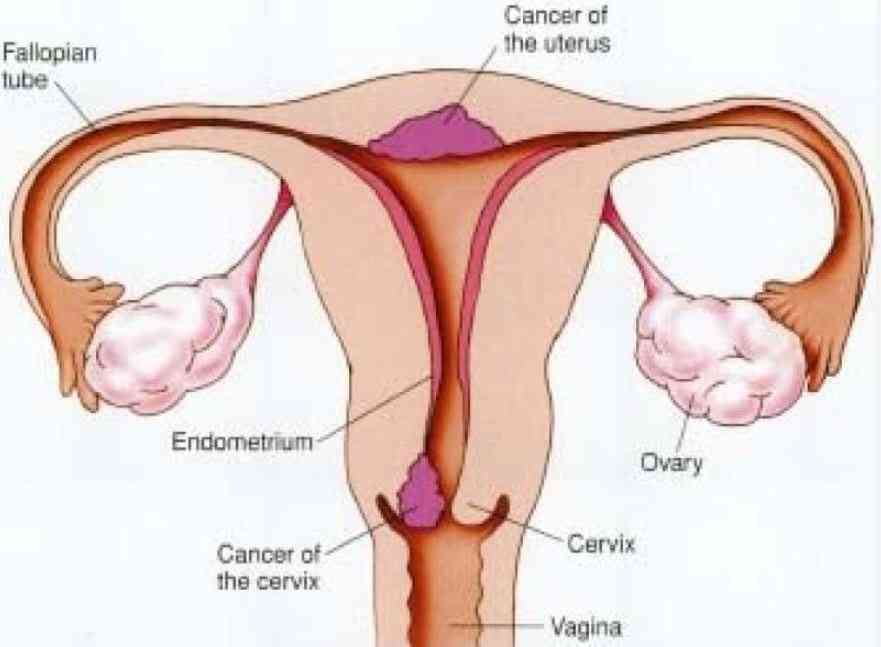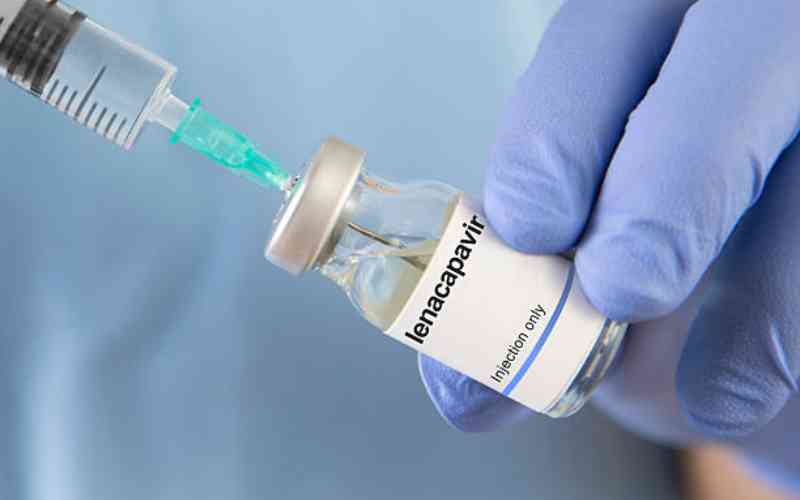
Data shows that in Kenya, two in every 10 couples experience fertility problems.
For a couple struggling to have a child, the journey may be filled with a myriad of questions that can only be answered by medical tests.
Fertility tests and procedures will give you an idea of how hard or easy it would be for woman to conceive or for a man to sire a child.
When you seem unsure about your fertility after numerous trials, it is best to consult a doctor for examination.
What are fertility specialists likely to ask?
A woman’s ability to conceive or a man’s ability to sire a child depends on a multiplex of issues. To get a clear picture, your doctor may ask the following questions.
The period of time you have invested trying to conceive Previous history of pregnancy, children, complications, abortion and miscarriages Any medical history chronic illnesses such as sexually transmitted diseases, female hormonal imbalances, prostatitis, endometriosis, polycystic ovarian syndrome, pelvic inflammatory disease etc. Use of social drugs such as alcohol, cigarettes, illegal drugs and frequency of caffeine use. Frequency of intercourse and any related difficulties Previous use of contraceptives Any current medicationFertility tests and procedures for men
In 60 per cent of couples who are unable to have a child, the problem lies wholly or partly with the male partner. This is according to the Kenya Association of Urological Surgeons. When you seek medical attention, expect your doctor to do;
1. A physical examination
A physical examination of your genitals will give details about:
The consistency of the testicles Presence or absence of structures attached to them Evidence of enlarged veins Observations on the shape and size2. Semen analysis
According to Footsteps to Fertility Centre, semen analysis is the most important infertility test. It provides an accurate estimation of sperm count, morphology (shape), ejaculate volume and motility—proportion of sperm that can swim.
Semen analysis can diagnose;
Absence of sperm (Azoospermia) Decreased sperm count (Oligospermia) Slow moving sperm (Asthenospermia) Low semen volume. (Hypospermia) Abnormally shaped sperm (Teratospermia) Semen pH level Fluidity of semen Presence of immature sperm Presence or absence of red blood cells3. Hormone measurements
Levels of testosterone (the main male sex hormone) are checked. Prolactin and thyroid hormones are also measured.
Low levels of testosterone can cause a decrease in sperm count. High prolactin levels interfere with the production of testosterone.
4. Scrotum ultrasound
This painless and non-invasive procedure is used to diagnose abnormalities and assess the cause of infertility. From this imaging, your doctor can detect problems in the testicles and supporting structures.
Fertility tests and procedures for women
Uterine evaluation
The uterus or womb is where the fertilised ovum—baby—implants and grows. 10 to 15 per cent of women with recurrent miscarriages have an abnormally shaped uterus to blame. In addition, when the uterine lining also known as endometrium, has scar tissue from previous pregnancies or procedures, fibroids and benign glandular growths, it may pose a huge hindrance for pregnancy due to increases chances of implantation failure. Uterine examination may involve;
Pelvic ultrasound - This scan gives the physical information uterus. A pelvic ultrasound shows the size, shape, position and thickness of the uterus, the length of the cervix and if there is blood flow in the pelvic organs. It can detect endometrial conditions, fibroid tumors, presence of an intrauterine contraceptive device (IUD) HysterosalpingogramThis is the one of most traditional tests done where tubal problems are suspected or to check that a reversal of a tubal legal procedure was successful. Also known as the Tubal Patency Test, it is a special kind of x-ray that entails administering a dye via the cervix that flows into the uterus and fallopian tubes. This is done while a transvaginal ultrasound is performed to visualise the free flow of the dye. If there is any blockage in any part of the fallopian tubes, the dye will not flow well. This allows the location of the obstruction to be determined. This test also shows whether or not the shape of the uterus is normal.
Basal Body Temperature Charting
BBT charting is a way of estimating ovulation and its timing so that it can be predicted when a woman is most likely to conceive. It is a simpler alternative to gynecological ultrasound. However, it may not be accurate if one has a fever, or under emotional of physical stress.
Nancy Nzalambi is a public health research scientist at the National Hospital Insurance Fund
 The Standard Group Plc is a multi-media organization with investments in media
platforms spanning newspaper print
operations, television, radio broadcasting, digital and online services. The
Standard Group is recognized as a
leading multi-media house in Kenya with a key influence in matters of national
and international interest.
The Standard Group Plc is a multi-media organization with investments in media
platforms spanning newspaper print
operations, television, radio broadcasting, digital and online services. The
Standard Group is recognized as a
leading multi-media house in Kenya with a key influence in matters of national
and international interest.











